You can set the initial height of an Ap point in Vizzy.
The program starts when the throttle is set to 100% and ends when the Ap point reaches the target altitude
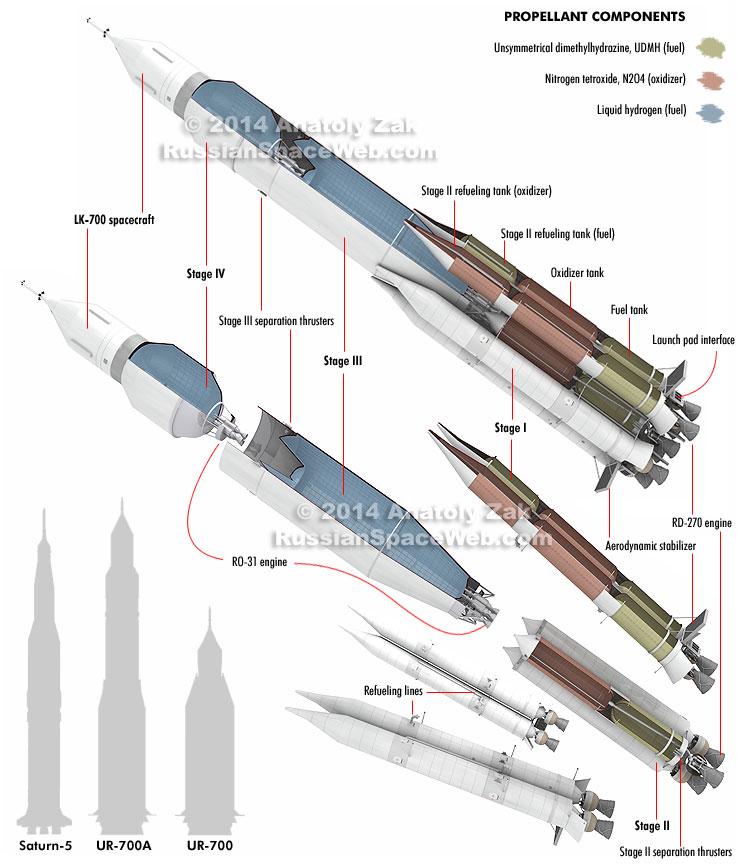
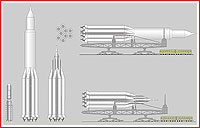
An atomic Moon rocket
In parallel with the development of the "regular" UR-700, Chelomei's engineers drafted a much bigger follow-on vehicle, which would be equipped with nuclear engines. Known as Skhema "A" (Configuration "A") engine would feature the solid-core nuclear reactor and enable the UR-700 to deliver as much as 250 tons into the Earth orbit. In a more distance future, a nuclear engine with liquid-core reactor known as Skhema "B" (Configuration "B") would be developed, followed by an engine with a gaseous-core reactor dubbed Skhema "V" (Configuration "V").
The first two stages of the UR-700 rocket with "A" variant propulsion would be borrowed largely unchanged from the original UR-700. On both versions, the six boosters of the first stage would feed their own engines and, simultaneously, refuel the three boosters of the second stage. As a result, the second stage would have full tanks when it took over the powered ascent after the separation of the first stage.
In the meantime, the third and fourth stages of the "atomic" version of UR-700 would be developed from scratch and equipped with the revolutionary RO-31 nuclear engines (a.k.a. RD-0411) burning either cryogenic liquid hydrogen or liquid methane and developing a thrust of 40 tons. Seven such engines would be installed on the third stage and three would propel the fourth stage.
The third stage could have the job of sending a spacecraft on an escape trajectory from the Earth orbit and the fourth could conduct a braking maneuver near the Moon or Mars. The design work on the RO-31 engine was initiated at the KBKhA design bureau in the city of Voronezh in 1964. On Oct. 26, 1965, the Soviet government issued a decree No. 842-304 giving a green light to the development of a small-scale prototype of a nuclear rocket engine known as RD-0410. It was expected to propel an upper stage of the Proton rocket, launching future planetary probes into deep space.
(Excerpt from Russianspaceweb)
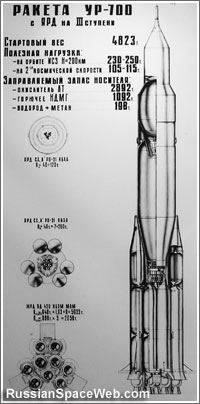
GENERAL INFO
- Created On: Windows
- Game Version: 0.9.205.0
- Price: $269,286k
- Number of Parts: 459
- Dimensions: 108 m x 18 m x 19 m
PERFORMANCE
- Total Delta V: 8.7km/s
- Total Thrust: 49.1MN
- Engines: 43
- Wet Mass: 2.42E+6kg
- Dry Mass: 3.58E+5kg
STAGES
| Stage | Engines | Delta V | Thrust | Burn | Mass |
|---|---|---|---|---|---|
| 1 | 6 | 2.4km/s | 27.0MN | 2.5m | 2.42E+6kg |
| 2 | 3 | 2.0km/s | 13.5MN | 1.7m | 9.42E+5kg |
| 3 | 0 | 0m/s | 0N | 0s | 9.41E+5kg |
| 5 | 7 | 2.5km/s | 2.8MN | 5.5m | 4.22E+5kg |
| 6 | 0 | 0m/s | 0N | 0s | 1.96E+5kg |
| 7 | 3 | 1.8km/s | 1.2MN | 4.3m | 1.96E+5kg |



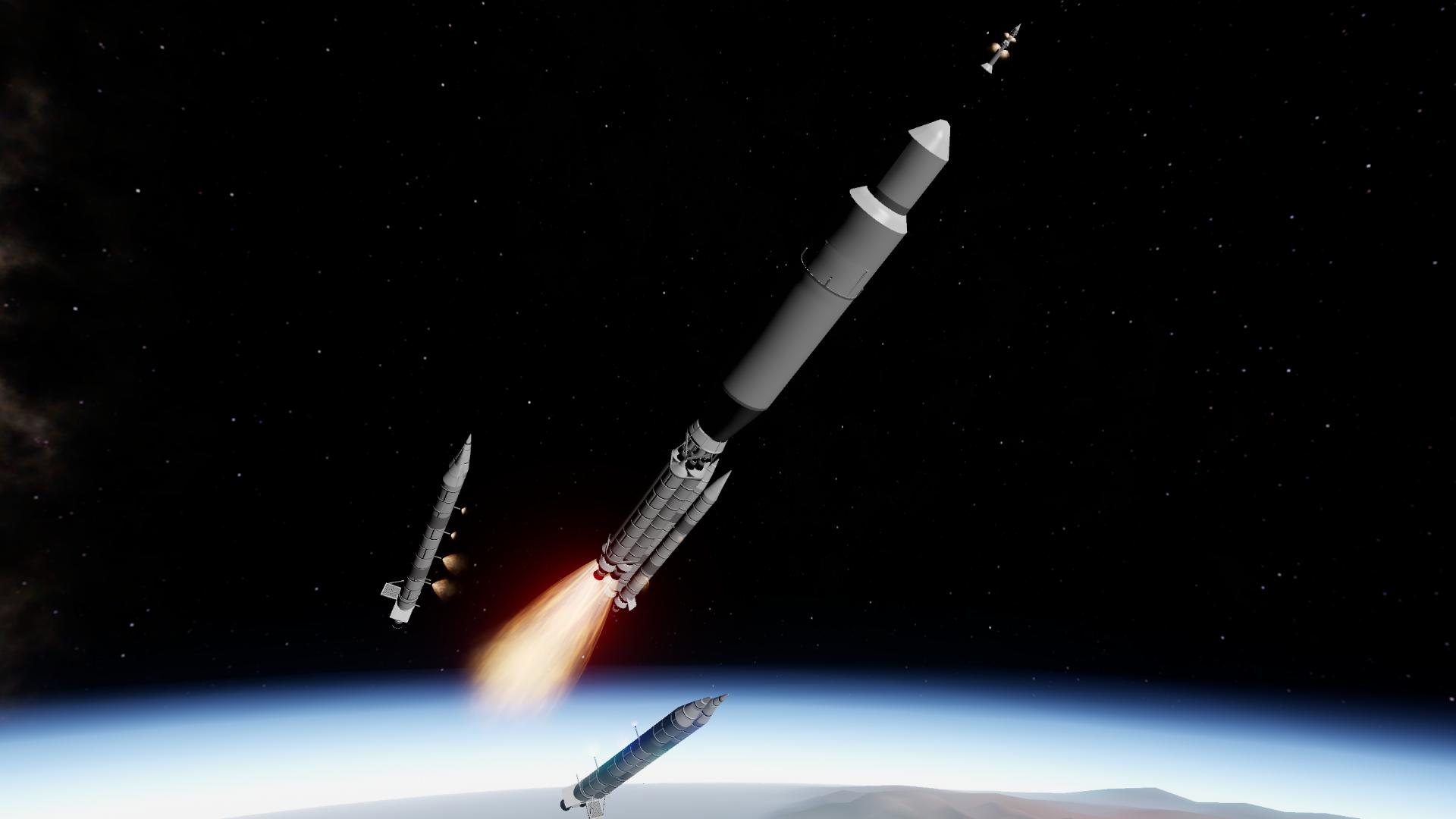

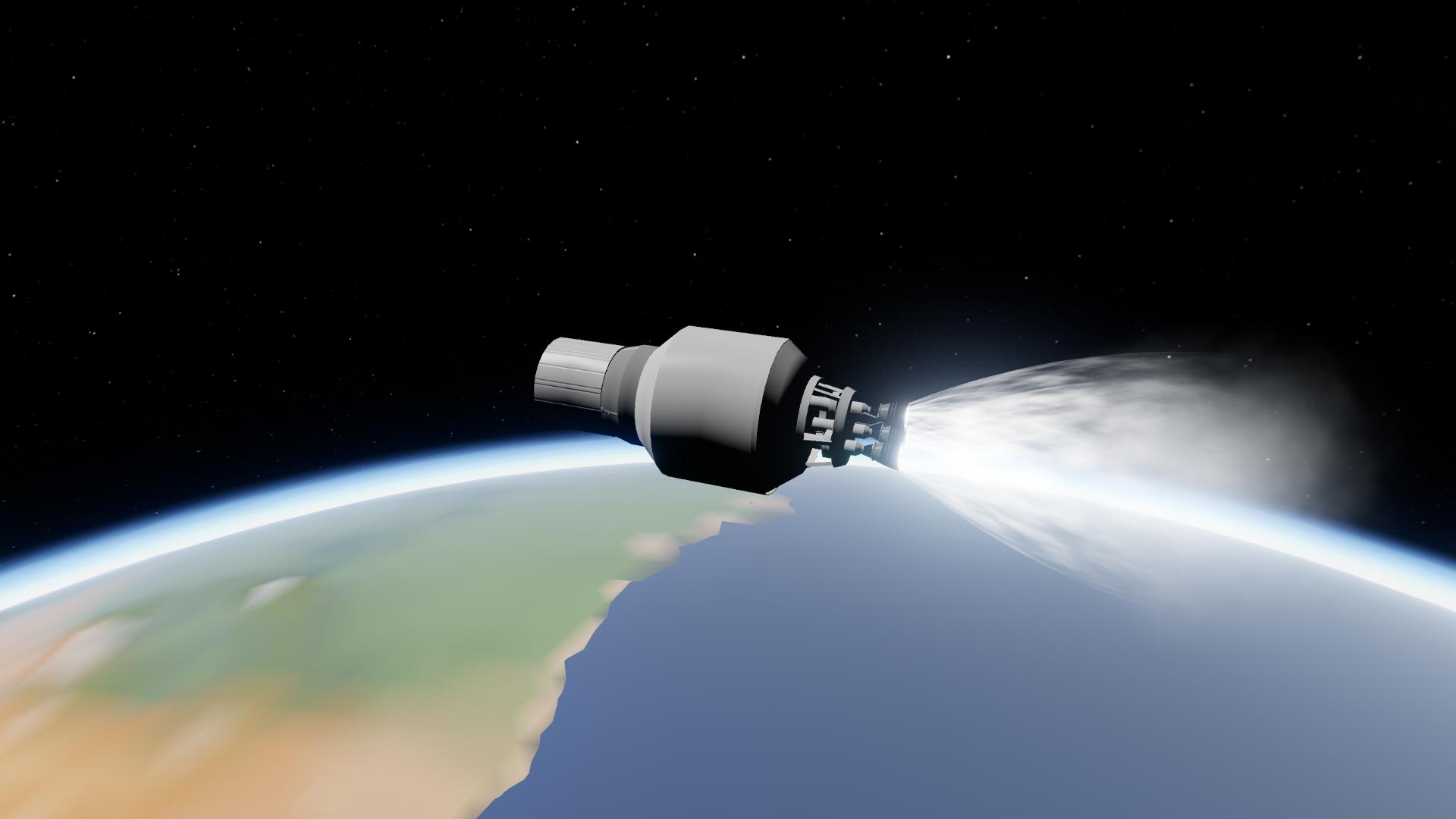



@Icezhuo bruh!